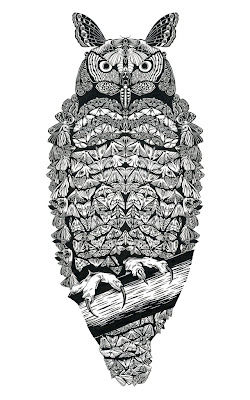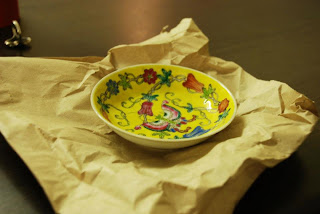Today I decided to research into the history of wind up toys to see if I could find anything interesting that I could expand and build my project from. Wind up toys date back in history to the fifteenth century . Karel Grod a german inventor, created some of the first toys. Wind up toys were initially for royalty and were much more elaborate, with a very complex system of gears and springs.
The earliest mechanical toys were typically made for affluent European aristocrats. In the 19th century, increasingly affordable version of these toys were made by makers like Lucien Bontemps in Paris. Bontemps' wind up character dolls typically performed movement to the tinkling of music boxes.
By late 1800s , simpler wind up models made from painted tin were created just for children. To make products more cheaply, manufacturers used materials like cardboard, composition and tin instead of expensive porcelain or wax.
Victorian toys reflected the social and political climate, in which they were made. Circus - themed toys were also common, aerobatic clowns who appeared to walk on their hands or suited rabbits playing drums.
Companies like Strauss, developed wind up designs in tin to compete wit international imports. As toy trends evolved during the 1940s and '50s, wind up designs reflected new childhood favourites from Disney characters to cowboy figurines to robots. The use of plastics and other synthetic materials following World War II resulted in a decline of win up toy production.
















0E9s37F1MGBRbBp81JMQ~~60_12.JPG)
































